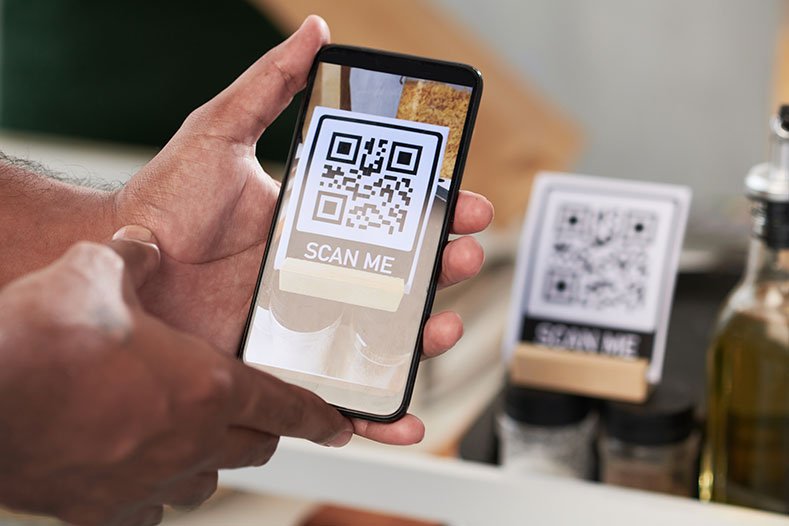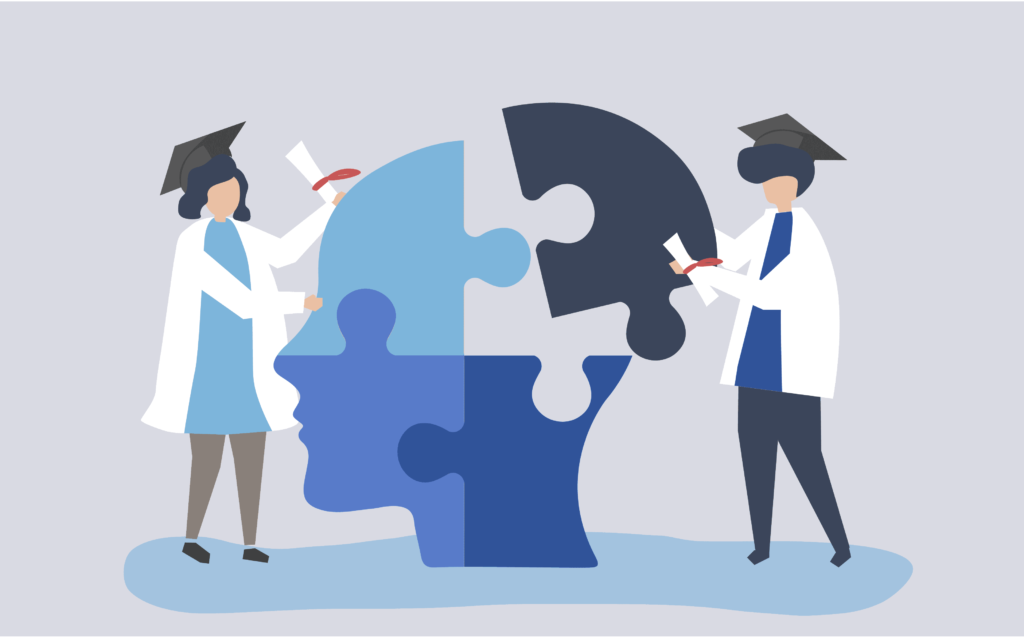Har du noen gang lurt på hvordan du kan øke synligheten til nettstedet ditt på søkemotorer som Google? Vel, søkemotoroptimalisering (SEO) er svaret du leter etter! Enten du er en nybegynner eller allerede har litt kjennskap til SEO-verdenen, vil denne bloggposten gi deg verdifull innsikt og nyttige tips som vil hjelpe deg med å oppnå suksess med søkemotoroptimalisering.

SEO er en strategisk tilnærming som tar sikte på å forbedre nettstedets rangering i organiske søk på forskjellige søkemotorer. Gjennom grundig forskning og optimering av nettstedets innhold, kode og struktur, kan du tiltrekke deg mer målrettet trafikk og potensielle kunder. Men å mestre kunsten av SEO kan virke utfordrende, spesielt med de stadig skiftende algoritmene til søkemotorer.
I denne bloggposten vil jeg veilede deg gjennom grunnleggende SEO-prinsipper, de nyeste trendene og beste praksisene som vil hjelpe nettstedet ditt til å klatre i søkeresultatene. Jeg vil også se nærmere på effekten søkeordoptimalisering har, lenkebygging, innholdsstrategi og mer.… Les hele innlegget








